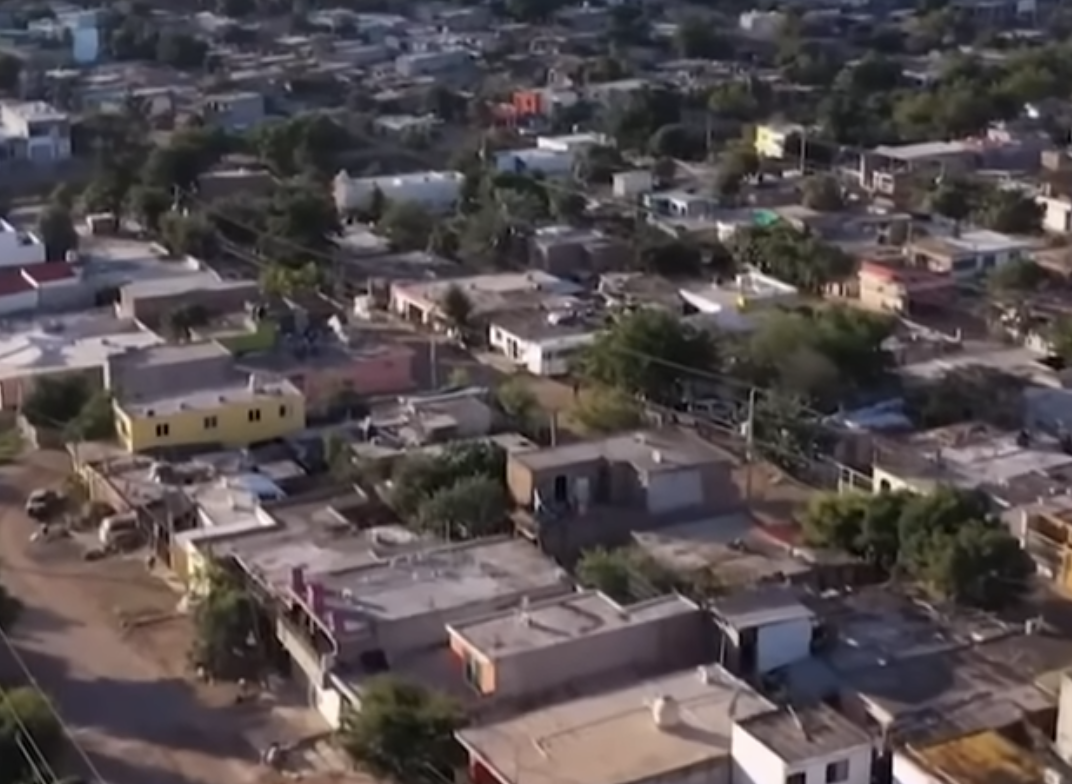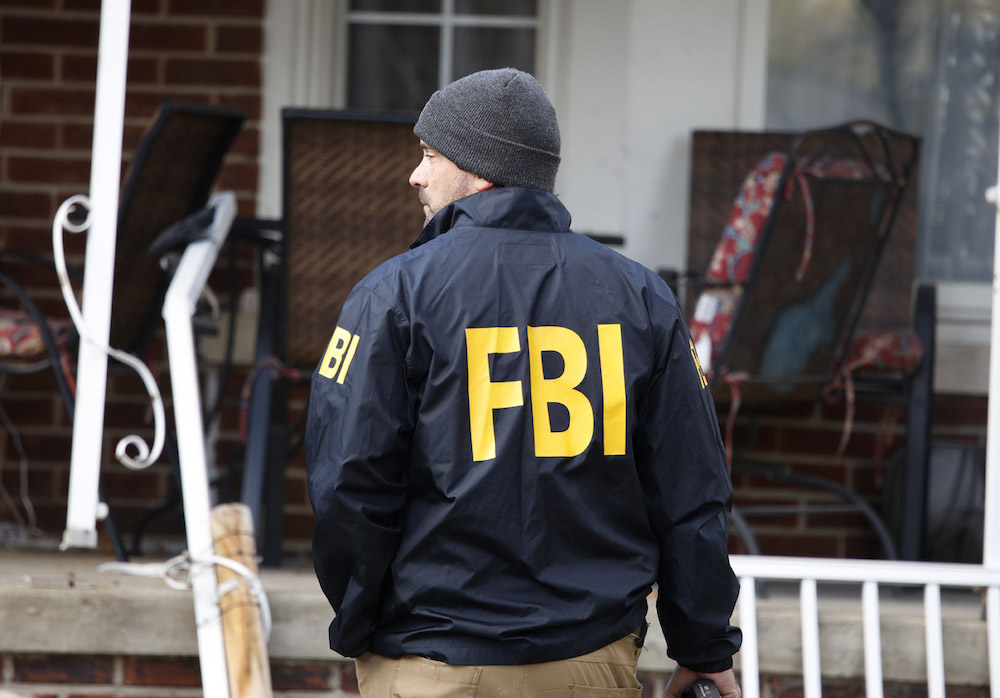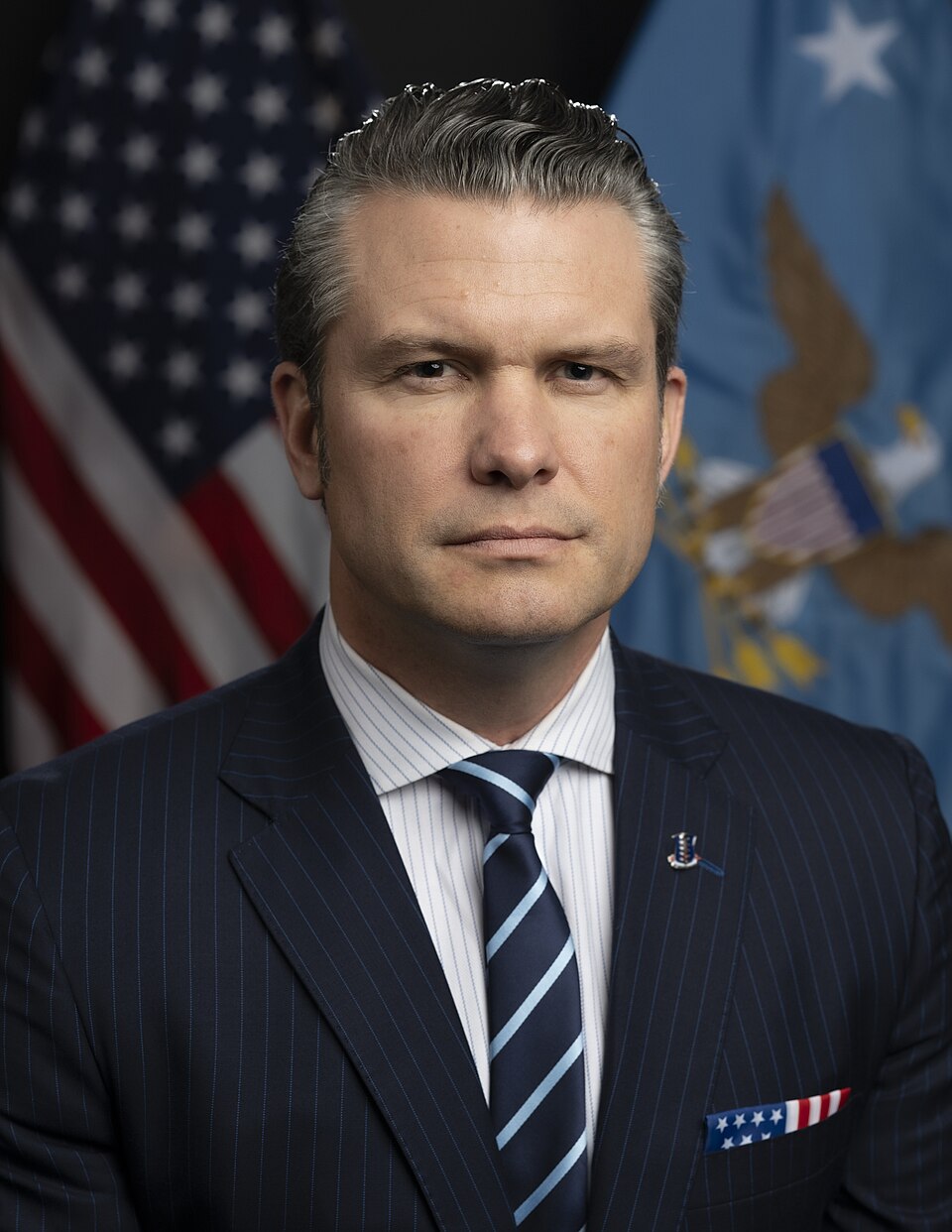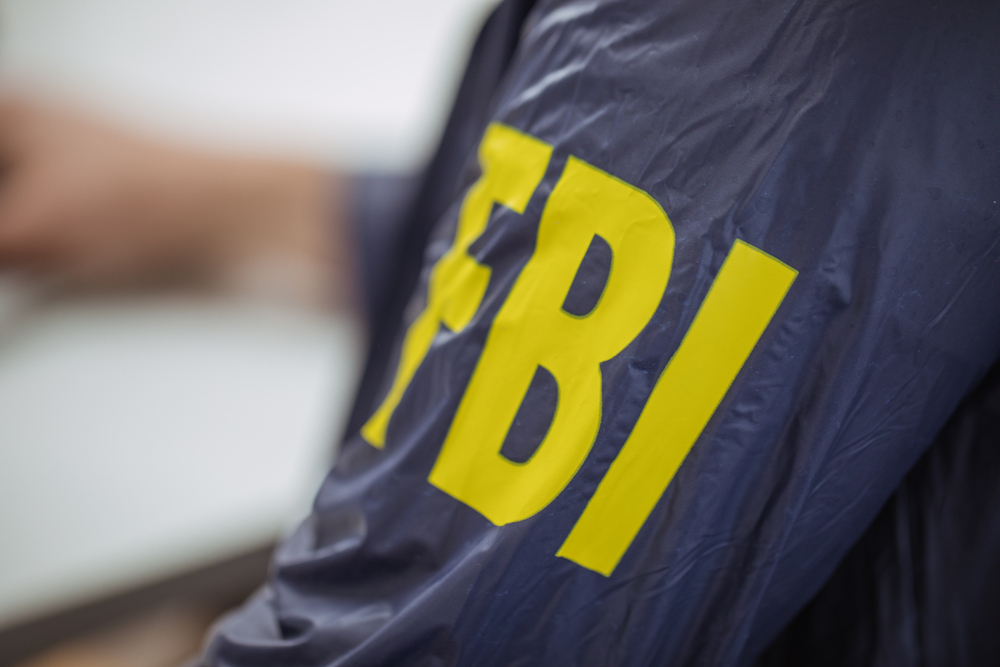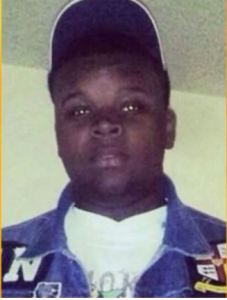
The story of Ferguson has been told in pictures.
First was the body of 18-year-old Michael Brown, face down on Canfield Drive in a pool of blood, killed by Ferguson police Officer Darren Wilson. That picture went viral, shared wildly on Twitter, Facebook and Instagram by a legion of people growing angrier by the minute as his body lay in the street forfour and a half hours.
That anger bubbled up into the streets, mostly along West Florissant Avenue, where chanting and protests and the tears of a mourning mother were the pictures of the moment.
Then came the militarized police response, SWAT teams in riot gear, sniper rifles and tear gas, cops with dogs keeping young black protesters at bay. A patriotically dressed young black man tossing a tear gas canister back at police in an iconic display of anger and freedom.
St. Louisans reacted in horror to the violent images sent around in those mid-August days and nights. Eventually, an uneasy peace came and the narrative changed. There were regular, organized protests. New coalitions between clergy and young people, between university students and civil rights activists. There was a push for positive change in a community that needs it.
Everything changed, we hope temporarily, on Monday night.
After Prosecuting Attorney Bob McCulloch announced that the grand jury in St. Louis County would not indict Officer Wilson in Mr. Brown’s death, weeks of tension and rage built upon decades of institutional oppression boiled over.
The world saw Ferguson burn, and the reality was as bad as it looked on late-night cable television. A dead man was found in a car near Canfield Drive. More than two dozen businesses were burned. Bullets and rocks were flying. Some hit their targets.
It was the Failure in Ferguson, and by the next morning, everybody was looking for somebody to blame. There were plenty of candidates.
To read more click here.

